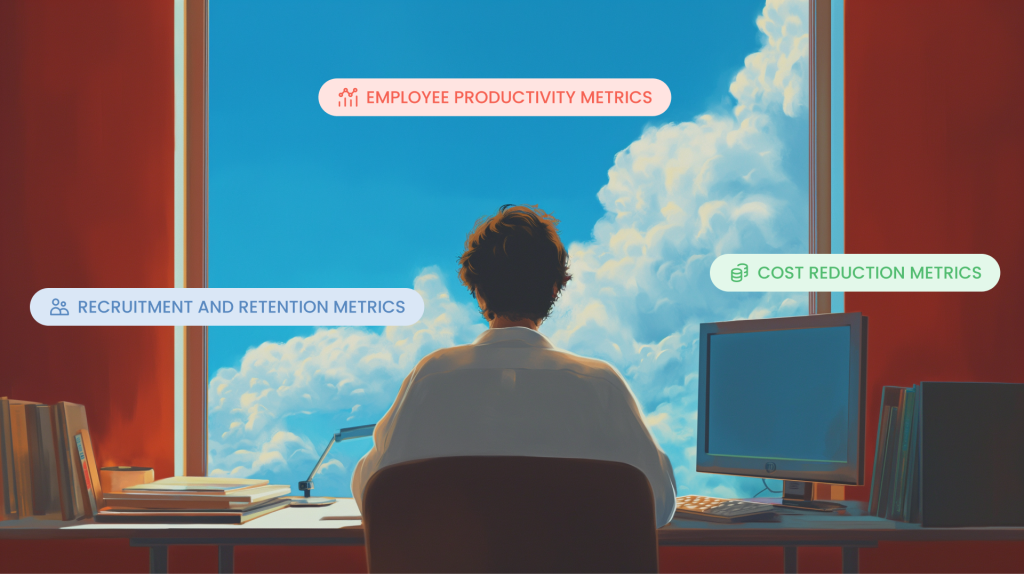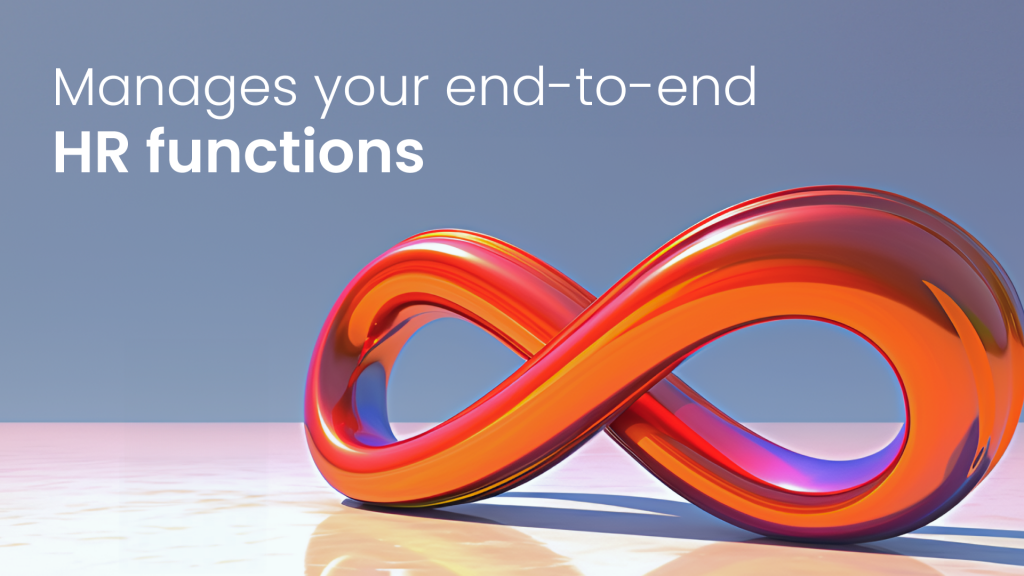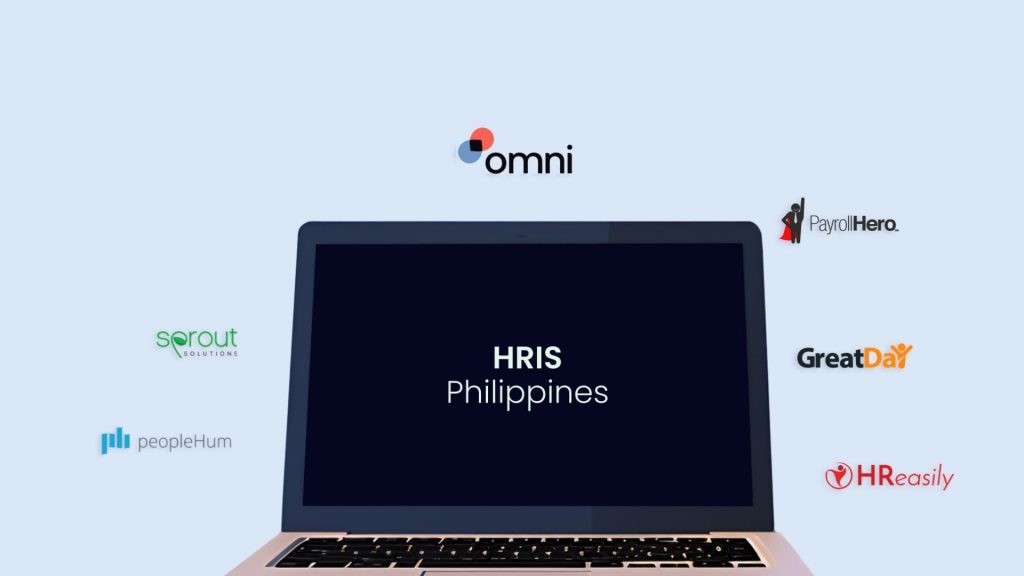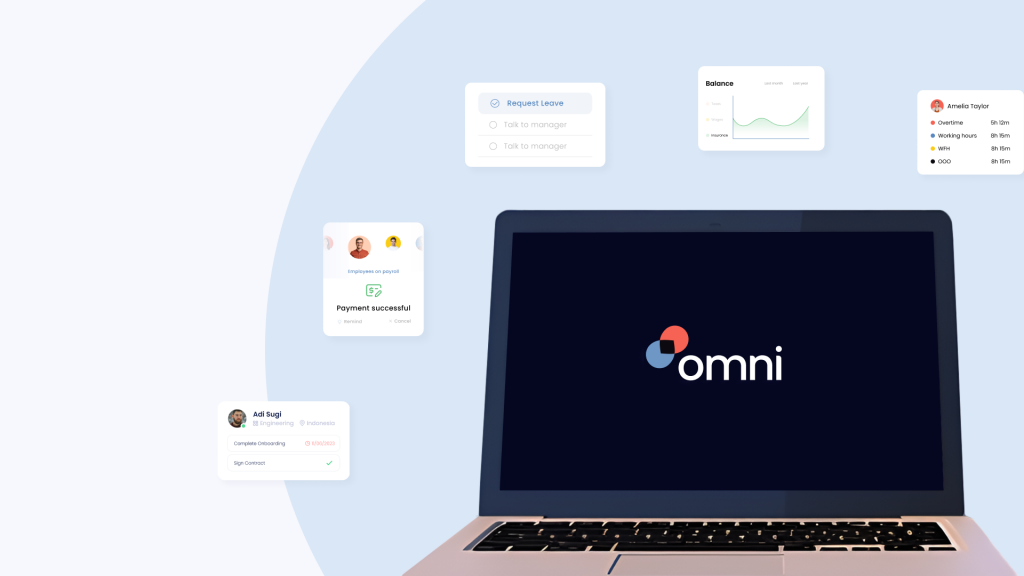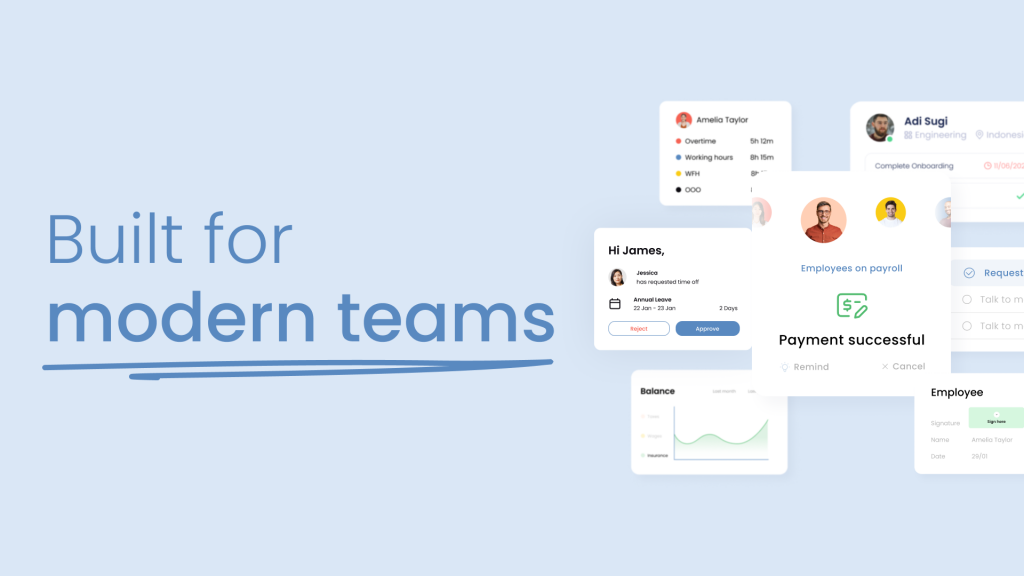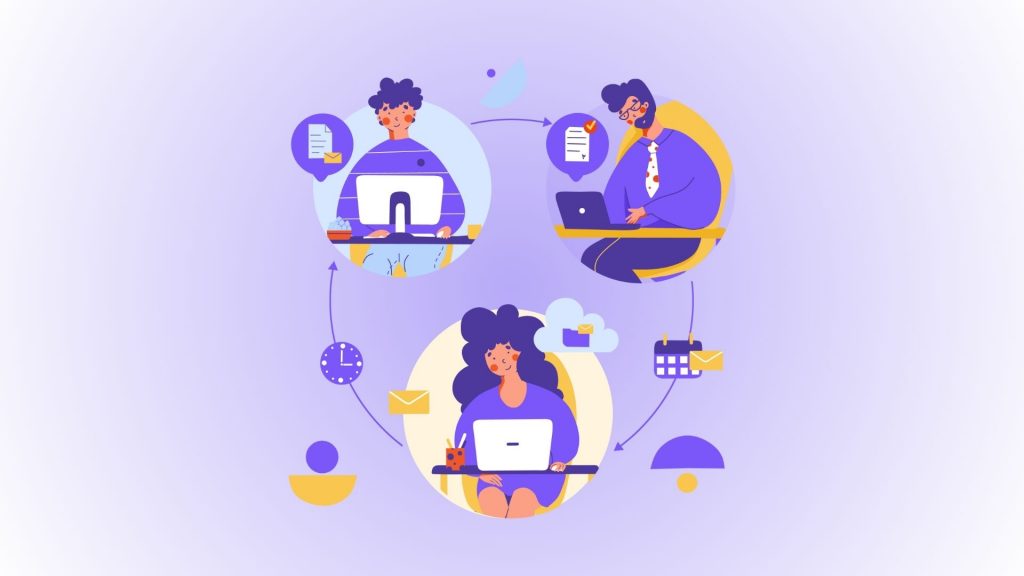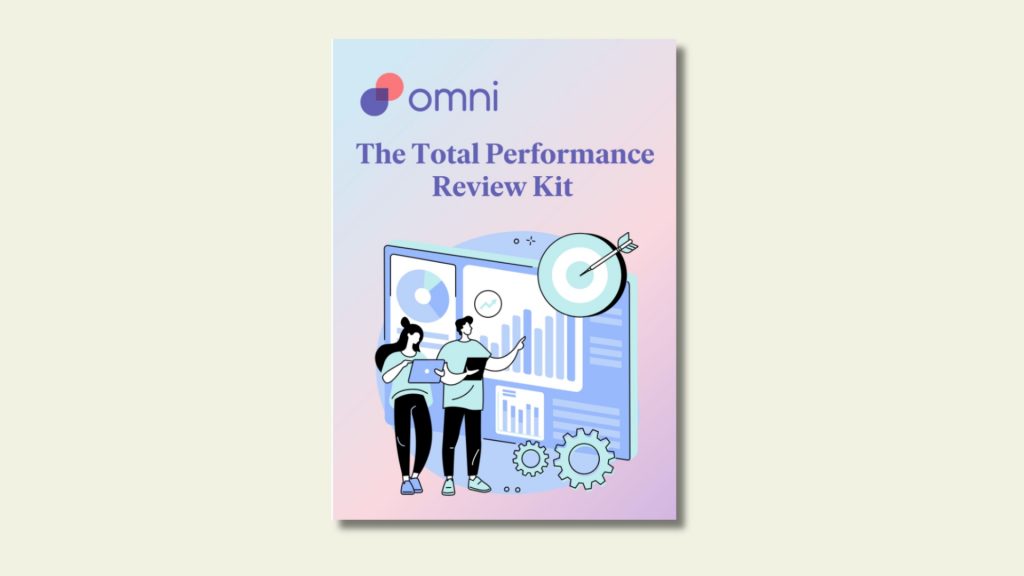A Gartner report states that 47% of HR leaders intend to boost their 2023 budgets, focusing primarily on investments in recruiting and HR technology. This is no surprise as HR technology, like HRIS solutions, has consistently adapted to meet the growing challenges in the field, including tax filing complexities.
With the income tax 2023 deadline approaching, many Malaysian business owners and HR leaders are swamped preparing for tax file reporting. However, tax season can pose an issue if you are not aware of these common challenges. Read on to discover the top 5 challenges of Malaysia’s Tax season and how HRIS solutions can help you make the tax season less overwhelming.
When is the Tax Season in Malaysia?
The tax season in Malaysia is the period leading up to 30 April for individuals who are filing Forms BE in the following calendar year. There’s a 15-day leeway for e-Filing, which gives you until 15 May. However, some forms must be delivered as early as 29 February, so the exact deadline depends on the type of form you are filing.
Learn more: Your Guide to Payroll Malaysia
What is Included in Malaysia’s Tax Season?

With the numerous form types and procedures that could be overwhelming, let’s review all necessary filings and tasks done before the income tax 2023 deadline Malaysia.
Individual Income Tax
According to PwC, “an individual, whether tax resident or non-resident in Malaysia, is taxed on any income accruing in or derived from Malaysia. Resident individuals are also subject to tax on foreign-sourced income received in Malaysia.”
In other words, individuals who receive income in Malaysia are required to file for individual income tax or Form BE by the deadline of 30 April 2024 or 15 May 2024 for e-Filing.
Corporate Income Tax
Regarding corporate income tax, PwC explains that corporate income tax (CIT) applies to both resident and non-resident companies on income generated within Malaysia. Resident companies are additionally taxed on foreign income received in Malaysia.
This tax obligation pertains to Malaysian business owners, requiring filing 30 days before the start of the basis period, which represents the annual tax-paying timeframe for sole traders or partnerships.
Goods and Services Tax/Sales and Services Tax
The Malaysian government introduced the Sales and Services Tax (SST) to replace the Goods and Services Tax (GST), reforming the tax system. The goal was to increase buying power, especially among middle and lower-income earners.
The Sales and Services Tax is a tax return on the importation of taxable goods in Malaysia by registered manufacturers. You must file it every two months (the taxable period).
Employee Compensation Reporting
Employee income is subject to taxes if your employee:
- Is employed in Malaysia
- Is on paid leave from employment in Malaysia
- Is a director of a company based in Malaysia or working on an aircraft or ship by a Malaysian resident
- Is working outside Malaysia for the benefit of employment within Malaysia
Form E is a statement of payments that your employees receive. It includes the number of employees, new hires, employee and employer details, and payment details, such as allowances, wages, salaries, bonuses, and incentives.
As an employer, you must submit Form E to the Inland Revenue Board of Malaysia (IRBM), also referred to as Lembaga Hasil Dalam Negeri (LHDN).
Tax Planning and Compliance
Tax planning involves leveraging tax law knowledge to minimize tax payments. Ensuring your business is tax-efficient is crucial before the income tax 2023 deadline Malaysia. This involves analyzing income timing and size and implementing strategies such as tax gain-loss harvesting.
Typically, compliance with the income tax 2023 deadline Malaysia entails paying taxes punctually and in full, while completing all necessary forms. Due to their complexity, some entities may choose to opt to outsource compliance duties.
Challenges that Malaysian Corporates Face During Tax Season
As the saying goes, awareness is the first step in solving a problem, here are the top challenges that you should be aware of before the income tax 2023 deadline Malaysia.
Complex Tax Regulations
Over 80% of respondents in the Asia Pacific Tax Complexity Survey by Deloitte claim that the tax compliance and reporting obligations in the countries they operate in aren’t simple.
As a result, many businesses devote big portions of their resources to understanding tax regulations and complying with them. It’s even more challenging to maneuver them when you’re operating in different geographical regions (aside from Malaysia) and have to comply with multiple legislations.
Tax regulations are complex because they aim to raise revenue and uphold values like fairness, efficiency, and practicality, simultaneously. Balancing these objectives make them complicated. On top of that and the constant changes in provisions, it is no surprise where the majority of HR leaders are overworked during the income tax 2023 deadline Malaysia.
Deadline Pressures
It is understandable if you feel overwhelmed by keeping up with tax deadlines. Balancing responsibilities like filing tax forms such as Form E and Form BE for all employees in your medium-sized business can be challenging. On top of that, ensuring accurate payments and meeting the income tax 2023 deadline Malaysia, which varies based on the form type, adds to the pressure.
Data Accuracy and Documentation
According to the Employment Act, you must keep most employee records for at least six years. You might also need to put together these documents and ensure all their data is accurate before the income tax 2023 deadline Malaysia. Accurate documents serve as evidence of your position during an audit or dispute with tax authorities.
The changing tax requirements make employee data sourcing, financial and personal, more challenging. Not to mention, financial data comes with different required levels of detail for the purpose of tax disclosures, which you need to keep in mind.
Employee Tax Compliance
Completing personal tax returns can be tedious, but managing taxes for an entire organization before the income tax 2023 deadline Malaysia presents a significant challenge. This includes payroll tax compliance, income tax compliance, determining taxable income, and navigating legal ambiguities. Failure to comply results in penalties, which can have financial and reputational consequences for you as a business owner in Malaysia.
ADB states that most revenue bodies admit to having compliance risk management processes, which are integral to their strategies. These processes are further proof of the difficulties that tax compliance brings about.
Adapting to Regulatory Changes
Tax regulations undergo frequent updates to adapt to evolving circumstances or improve existing ones. It’s essential to stay abreast of these changes and ensure your tax filing aligns with them before the income tax 2023 deadline Malaysia. Recent factors driving such changes include the COVID-19 pandemic and the increasing prevalence of remote work and digitalization of processes.
As outlined in the Asia Pacific Tax Complexity Survey, governments introduced measures such as tax filings, payments, and reductions/deferrals in response to the pandemic. While beneficial, these adjustments can be challenging to navigate.
Furthermore, regarding digitalization, Malaysia as a member of the Organization for Economic Co-operation and Development (OECD), adopted the Base Erosion and Profit Shifting (BEPS) framework, including Pillar One and Pillar Two in 2020. Among its objectives, these tax regulations address the taxation of automated digital services.
In Malaysia, changes introduced in the Finance (No. 2) Act 2023, effective from 30 December 2023, include the imposition of a capital gains tax (CGT) on profits derived from the disposal of specific shares and assets. Implementing such alterations in your records before the income tax 2023 deadline Malaysia can pose certain challenges.
How Implementing an HRIS Can Help

According to the Asia Pacific Tax Complexity Survey, respondents were asked about their strategies for handling tax affairs and risks. While 25% indicated that tax digitalization was part of their plans, 70% expressed willingness to adopt such measures if budget constraints were not a concern.
Before investing in digital solutions such as HRIS, it’s crucial to understand how effectively they can resolve the challenges you will encounter before the income tax 2023 deadline Malaysia.
Automated Payroll Processes
Since payroll taxes complicate compliance, automating these processes via HRIS is just what you need. Some software options generate tax forms for compliant payroll and benefits administration. This way, tax filing is easy, quick, and error-free. Not to mention, it frees you up for other integral tasks before the income tax 2023 deadline Malaysia.
Document Management
HRIS models give you a centralized database of employee records, pulling from separate files and sheets. With such a system, you can easily access, update, and share data with the rest of your HR team.
This feature facilitates record keeping and reduces errors so that it’s easy for you to retrieve any data for tax filing, audits, or disputes with tax authorities around the income tax 2023 deadline Malaysia.
Learn more: 5 Ways Employee Database Software Elevates Your Business
Real-Time Reporting
Unlike traditional on-premises software and manual reporting systems, cloud-based HRIS solutions give you real-time access to data and reports. They regularly update documents, automatically synchronize changes, and promptly generate reports using imported data.
In essence, utilizing these solutions guarantees accurate, updated, and swift reporting. This enables you to meet the income tax 2023 deadline Malaysia and successfully avoid tax-related stress and penalties.
Compliance Alerts and Updates
HRIS service providers in Malaysia ensure they are abreast of tax regulations, automatically updating their systems accordingly. Some may even provide alerts when compliance requirements change. However, configuring the HRIS system to facilitate updates is necessary during implementation.
By receiving timely updates, your business can easily adapt to frequent changes such as those introduced by the Finance (No. 2) Act 2023, OECD rules, and any future regulations. This streamlined process helps mitigate tax compliance risks.
Employee Self-Service Portals
Most HRIS solutions provide employee self-service portals (ESS) which allows employees to gain quick and easy access to HR-related actions and services that HR personnels would otherwise have to provide.
As the income tax 2023 deadline Malaysia approaches, certain HRIS solutions offer features to alleviate the workload of the tax season. This includes delegating specific tasks to employees, such as tax-saving declarations, setting submission deadlines, and providing notifications to those employees.
Read next: Your Guide To Successfully Pitching HR Software To Leadership
Omni Supports Malaysian Businesses Through Tax Season (and Beyond)
Tracking and calculating hours, managing employee records, and administering payroll for income tax 2023 deadline Malaysia requires a clear, secure, and accurate system to ensure compliant and timely payouts for your employees.
Omni helps HR teams stay up to date with the latest laws and regulations while streamlining the end-to-end employee management lifecycle. With secure and centralized employee records, HR teams can easily store, update, and communicate employee information across departments and with employees.
Our comprehensive payroll solution is tailored to Malaysia’s specific requirements. With features like support for MYR, automated tax calculations, and instant payroll reports, Omni can help HR teams simplify their preparation process for income tax deadline 2023 Malaysia while ensuring compliance.
Start your 14 days free trial today and see how Omni can simplify the intricacies and complexities of preparing and submitting for income tax deadline 2023 Malaysia and minimize the costs associated with common errors.




